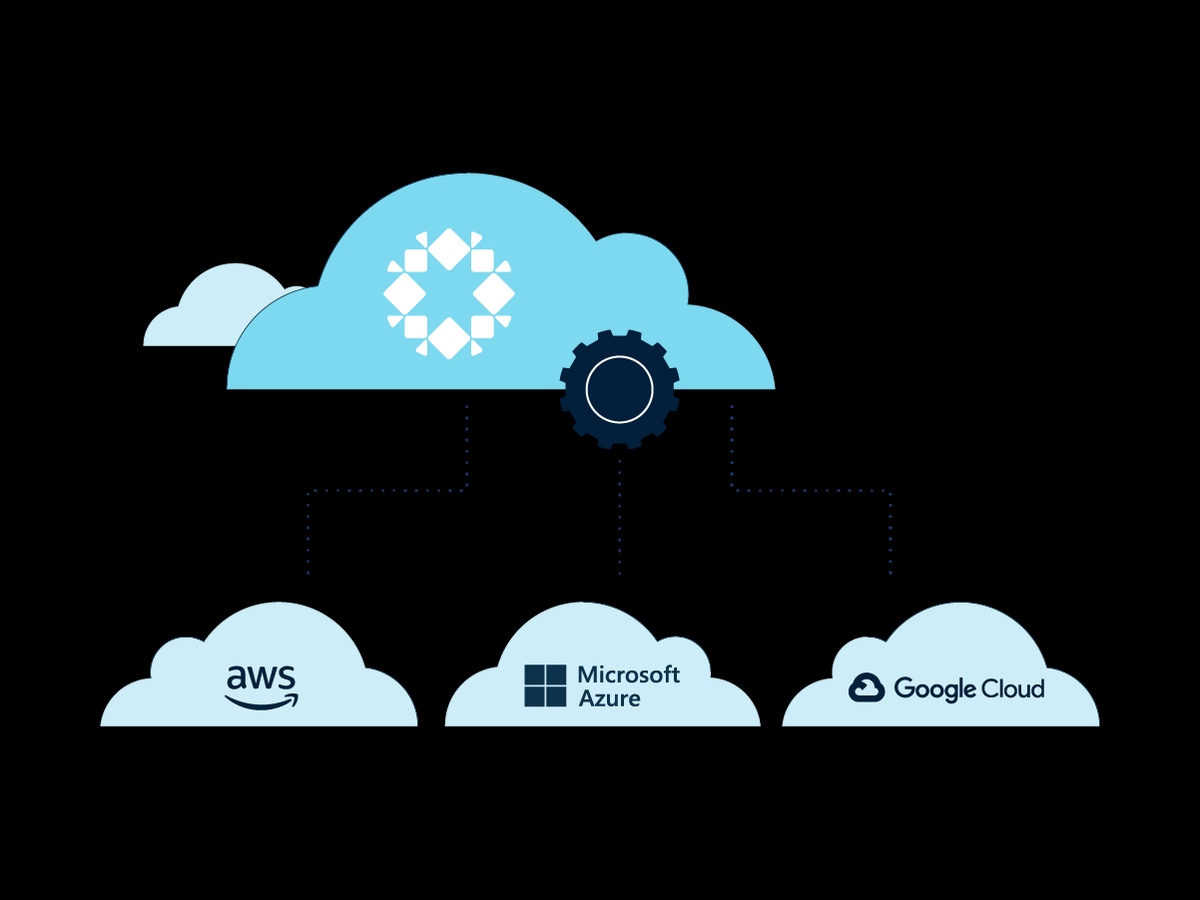In today's fast-paced digital environment, the importance of robust backup and rapid recovery systems cannot be overstated. As businesses increasingly migrate to cloud-native architectures, the need for efficient, scalable, and resilient data protection strategies becomes paramount. This article delves into the essential practices for achieving seamless backup and rapid recovery in the cloud-native landscape, highlighting the latest technologies and methodologies that are reshaping how organizations safeguard their data.
Understanding Cloud-Native Environments
Cloud-native refers to applications that are designed specifically for cloud environments. These applications leverage the dynamic scalability and flexibility of cloud computing to enhance performance and resilience. Cloud-native systems typically utilize microservices, containers, service meshes, and immutable infrastructures, which require a different approach to data backup and recovery than traditional systems.
Challenges in Cloud-Native Data Protection
The distributed nature of cloud-native applications poses unique challenges for data protection:
- Data Volume and Complexity: The sheer amount of data and the complexity of interdependencies in microservices architectures complicate the backup and recovery processes.
- Dynamic Environments: The ephemeral and dynamic nature of containers means data can be transient, necessitating more frequent backups and innovative recovery solutions.
- Multi-Cloud Strategies: Many organizations employ multi-cloud environments, which require coordinated backup and recovery strategies across different platforms.
Strategies for Seamless Backup
To address these challenges, businesses can adopt several strategies:
- Continuous Data Protection (CDP): Unlike traditional backup methods, CDP offers near-instantaneous backup by continuously capturing data modifications. This approach minimizes data loss and recovery times.
- Snapshot and Replication Techniques: Snapshots provide point-in-time images of data, which can be very effective in containerized environments. Replication further enhances data protection by duplicating data across multiple cloud environments.
- Automated and Policy-Driven Backup: Automation reduces human error and ensures consistent backups. Policy-driven controls can dictate the frequency, location, and manner of backups based on data criticality and regulatory requirements.
Ensuring Rapid Recovery
Rapid recovery is crucial for minimizing downtime and maintaining business continuity. Key techniques include:
- Immutable Backups: By making backups immutable, they cannot be altered or deleted, which safeguards against ransomware and other malicious attacks.
- Orchestrated Recovery: Automation tools can streamline the recovery process, reducing manual steps and speeding up the restoration of services.
- Testing and Validation: Regularly testing backups and recovery procedures ensures that they will function as expected during an actual disaster.
Leveraging Advanced Technologies
Emerging technologies play a critical role in enhancing backup and recovery in cloud-native settings:
- AI and Machine Learning: These technologies can predict potential failures and optimize backup schedules based on data usage patterns and risk assessments.
- Blockchain for Data Integrity: Blockchain can provide a tamper-proof record of data changes, enhancing the security and verifiability of backups.
- Hybrid Cloud Solutions: These solutions offer the flexibility to store backups in the most cost-effective and compliant locations, whether on-premises or across multiple cloud platforms.
Conclusion
As the shift to cloud-native applications continues, organizations must prioritize advanced backup and recovery solutions that can address the unique challenges posed by these environments. By adopting a combination of innovative strategies, leveraging new technologies, and adhering to best practices, businesses can ensure the resilience and availability of their critical data systems. Seamless backup and rapid recovery are not just goals; they are necessities in the cloud-native world, essential for supporting continuous operations and achieving long-term success.


No comments yet